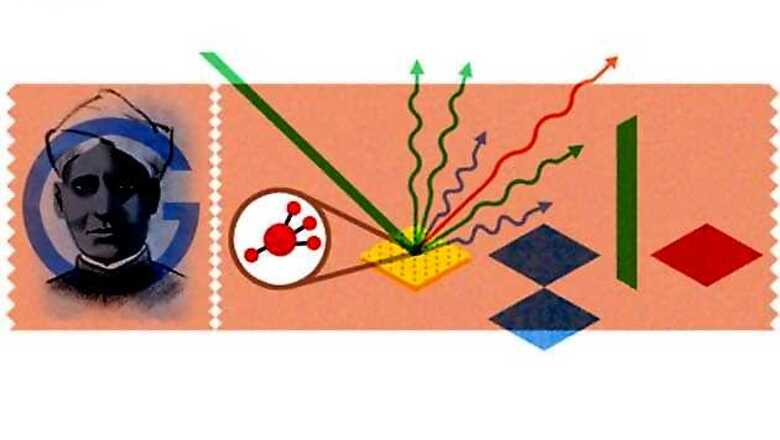
views
New Delhi: Celebrating the 125th birthday of India's famous scientist CV Raman, Google posted a doodle on its Google India homepage. The doodle features the work of CV Raman for which he won a Nobel. The doodle shows CV Raman's face, which appears behind the letter G, and the other letters in the Google logo which demonstrate the Raman effect.
CV Raman's nephew, Subrahmanyan Chandrasekhar, was also the Indian physicist and Nobel laureate. He also won the 1983 Nobel Prize for Physics in 1983.
Born on November 7, 2013, CV Raman was born on November 7, 1888 in Trichinopoly (now Tiruchirappalli in Tamil Nadu). After passing out of Presidency College, Madras with a master's degree in physics in 1907 Raman joined government service as an accountant and in 1917 became a professor of physics at the University of Calcutta.
It was in 1928 that he discovered the phenomenon now called Raman scattering that is the result of the Raman effect.
Definition of Raman effect on Encyclopedia Britinnica: When a beam of light traverses a dust-free, transparent sample of a chemical compound, a small fraction of the light emerges in directions other than that of the incident (incoming) beam. Most of this scattered light is of unchanged wavelength. A small part, however, has wavelengths different from that of the incident light; its presence is a result of the Raman effect.
Raman was knighted by the British monarch in 1929. He received the Nobel Prize for Physics in 1930, becoming the second Indian Nobel laureates after Rabindranath Tagore. In 1933 CV Raman joined the Indian Institute of Science, at Bangalore and headed of the department of physics. He was named director of the Raman Research Institute in 1947.
After India's Independence CV Raman was instrumental in setting up of other prominent Indian research institutes. CV Raman died on November 21, 1970 in Bangalore.
####
















Comments
0 comment